Introduction
Char siu pork ribs, a cornerstone of Cantonese cuisine, are celebrated worldwide for their sweet, savory, and smoky flavor profile. This iconic dish, often recognized by its glossy, caramelized exterior and tender, fall-off-the-bone meat, has transcended cultural boundaries to become a beloved staple in home kitchens and restaurants alike. While traditional recipes may call for specialized equipment like wood-fired ovens or mastery of complex techniques, this guide demystifies the process, offering a accessible approach to crafting restaurant-quality char siu ribs at home. Whether you’re a seasoned home cook or a curious novice, this comprehensive tutorial will equip you with the knowledge to master this timeless dish, from selecting the finest ingredients to achieving that coveted balance of umami, sweetness, and char.
The Essence of Char Siu: A Brief Cultural Overview
Before diving into the recipe, it’s essential to appreciate the cultural significance of char siu. Originating in China’s Guangdong province, char siu—literally meaning “fork roasted”—dates back centuries, with roots in the art of slow-roasting marinated meats over open flames. Historically, this method preserved meat while infusing it with smoky depth, a practice born of necessity that evolved into a culinary tradition. Today, char siu is synonymous with celebration, often gracing banquet tables and family feasts. Its signature red hue, achieved through a blend of fermented bean paste and food coloring (though natural alternatives exist), symbolizes good fortune, making it a festive favorite during Lunar New Year and other gatherings.
Ingredients: Building Flavor Layer by Layer
The magic of char siu lies in its meticulously crafted marinade, a harmonious blend of sweet, salty, and aromatic elements. For this recipe, we’ll focus on pantry-friendly ingredients while offering substitutions to accommodate dietary preferences.
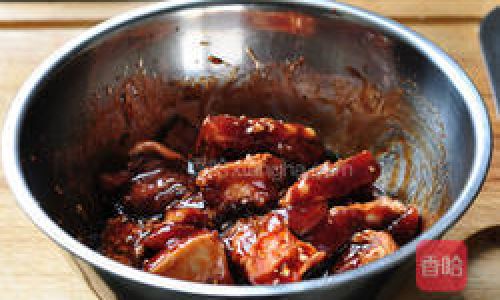
For the Marinade:
- ½ cup hoisin sauce (a thick, fermented soybean paste with sweet undertones)
- ¼ cup honey (or maltose for authentic chewiness)
- ¼ cup soy sauce (use low-sodium if desired)
- 3 tbsp oyster sauce (adds umami richness)
- 2 tbsp Shaoxing wine (or dry sherry)
- 2 tbsp fermented red bean curd (optional, for depth)
- 1 tbsp five-spice powder (a blend of star anise, cloves, cinnamon, Sichuan pepper, and fennel)
- 1 tbsp garlic powder (or 4 minced garlic cloves)
- 1 tbsp ginger powder (or 1 tbsp fresh grated ginger)
- 1 tsp sesame oil
- 2 tbsp neutral oil (vegetable or canola)
- ¼ cup brown sugar (adjust to taste)
- 1 tbsp red food coloring (natural alternatives like annatto powder or beet juice work, though color may vary)
For the Ribs:
- 3 lbs pork spareribs (St. Louis-style cut recommended for even cooking)
- 2 tbsp baking soda (optional tenderizer)
- 1 tbsp kosher salt (for brining)
Equipment: Essential Tools for Success
While char siu is traditionally roasted, modern adaptations allow for flexibility. Here’s what you’ll need:
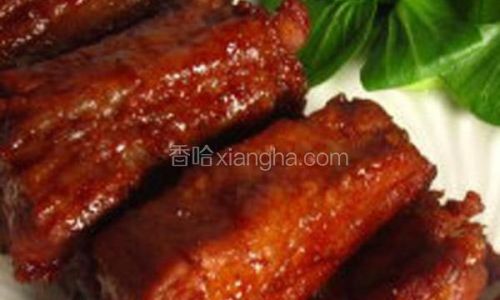
- A large baking dish or resealable plastic bag for marinating
- Aluminum foil or parchment paper
- A wire rack (for oven roasting)
- A meat thermometer (critical for precision)
- A brush for glazing
- Optional: A blowtorch or broiler for caramelization
The Preparation Phase: Marinating with Intention
Marinating is not merely a preliminary step—it’s the foundation of flavor. Begin by preparing the ribs:
- Trim and Tenderize: If using spareribs, remove the silverskin (the tough membrane on the bone side) using a paper towel for grip. For extra tenderness, dissolve baking soda in water and briefly soak the ribs (15 minutes), then rinse thoroughly.
- Brine (Optional): Dissolve salt in warm water, submerge the ribs for 1 hour, then pat dry. This step enhances juiciness but can be skipped for time efficiency.
- Marinade Assembly: Whisk all marinade ingredients in a bowl until smooth. Taste and adjust—add more honey for sweetness, soy sauce for saltiness, or five-spice for complexity.
- Marinating Process: Place ribs in a dish or bag, coating generously with marinade. Refrigerate for at least 4 hours, ideally overnight, flipping occasionally to ensure even penetration.
Cooking Methods: Oven, Grill, or Stovetop?
The cooking method significantly impacts texture and flavor. Here’s a breakdown of three popular approaches:
Oven Roasting (Classic Approach)
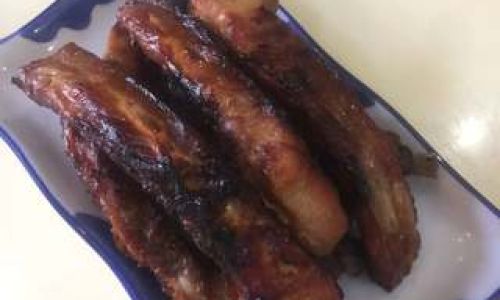
- Preheat the oven to 300°F (150°C). Line a baking sheet with foil and place a wire rack on top.
- Remove ribs from the marinade, reserving ½ cup for glazing. Pat dry to prevent steaming.
- Roast for 1.5–2 hours, basting every 20 minutes with reserved marinade. Increase heat to 425°F (220°C) for the final 10 minutes to caramelize.
- Pro Tip: For a lacquered finish, use a blowtorch or broiler to char the edges post-roasting.
Grilling (Smoky Finish)
- Preheat a gas or charcoal grill to medium-low heat (275–300°F). Oil the grates to prevent sticking.
- Grill ribs indirectly (away from direct flames) for 1.5–2 hours, flipping and basting frequently.
- Move to direct heat for the final 5 minutes to achieve char marks.
Stovetop Braising (Fall-Apart Tender)
- Sear ribs in a Dutch oven with oil until browned. Add marinade and 1 cup water, bringing to a simmer.
- Cover and braise on low heat for 2–3 hours until tender. Uncover, increase heat, and reduce the sauce to glaze consistency.
Achieving Perfect Texture: The Science of Tenderness
Overcooking is the enemy of ribs. To gauge doneness:
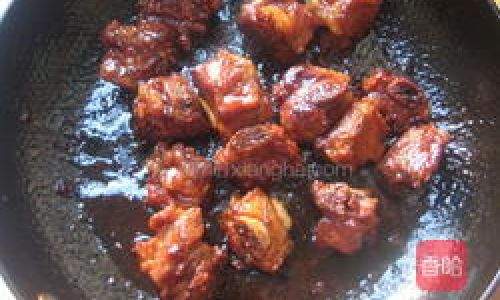
- Use a meat thermometer—target 195–203°F (90–95°C) for tender ribs.
- Perform the “bend test”: Gently lift a rib; if it droops without breaking, it’s ready.
- Resting is crucial: Tent with foil for 10 minutes to redistribute juices.
Glazing Techniques: Elevating Presentation and Flavor
The glaze is the crowning glory of char siu. For a professional finish:
- Double Glaze: Apply a thin layer of marinade during cooking, then a final coat post-cooking while the meat rests.
- Torch Technique: Use a kitchen torch to caramelize the glaze, creating a mosaic of charred and glossy patches.
- Sauce Reduction: Simmer leftover marinade until thickened, then strain and serve as a dipping sauce.
Serving Suggestions: Beyond the Basic Plate
Char siu ribs are versatile companions to a variety of dishes:
- Rice Bowls: Slice ribs and layer over jasmine rice with pickled vegetables.
- Noodle Soups: Shred meat and add to ramen or wonton soup.
- Lettuce Wraps: Pair with crisp lettuce, herbs, and a spicy hoisin dip.
- Appetizer Platter: Serve with steamed buns, pickled daikon, and mustard.
Troubleshooting Common Pitfalls
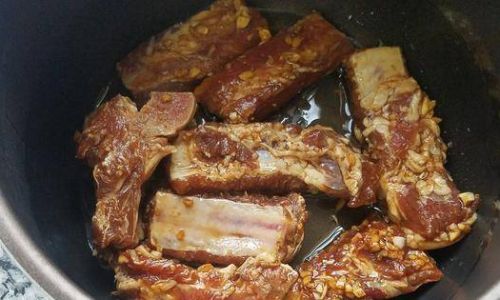
- Dry Meat: Overcooking or insufficient marinating. Use a thermometer and marinate longer next time.
- Bland Flavor: Increase five-spice or soy sauce, or let the meat marinate overnight.
- Burnt Exterior: Lower oven temperature or reduce direct grill time.
Variations and Customizations
- Spicy Kick: Add Sriracha or gochujang to the marinade.
- Gluten-Free: Use tamari instead of soy sauce.
- Honey-Glazed: Substitute honey for half the sugar and finish with a drizzle.
Conclusion: The Joy of Homemade Char Siu
Crafting char siu pork ribs at home is a labor of love that rewards patience and precision. Each step—from marinating to caramelizing—is an opportunity to imprint your culinary personality onto a timeless dish. Whether you’re hosting a dinner party or craving a taste of nostalgia, this recipe bridges tradition and innovation, proving that with the right techniques, even iconic dishes can find a place in your kitchen. So fire up the oven, gather your ingredients, and embark on a flavor journey that celebrates the art of homemade cooking. Your taste buds—and your guests—will thank you.
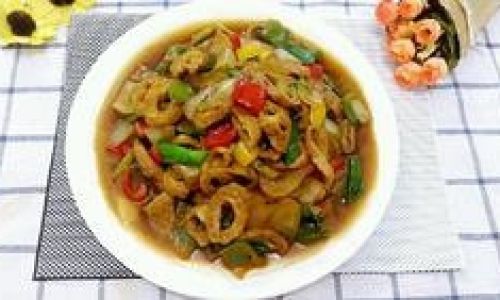
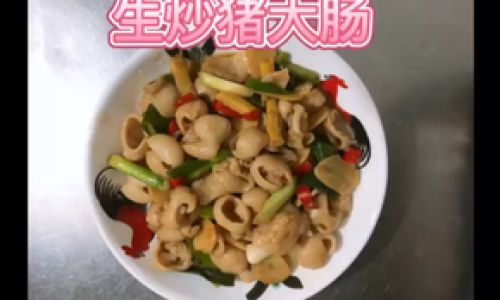
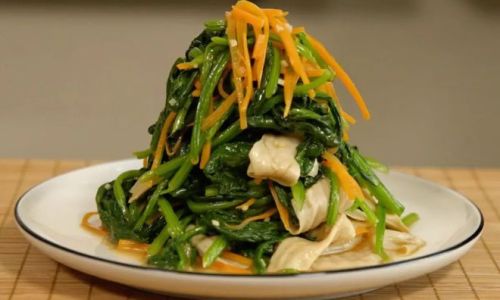
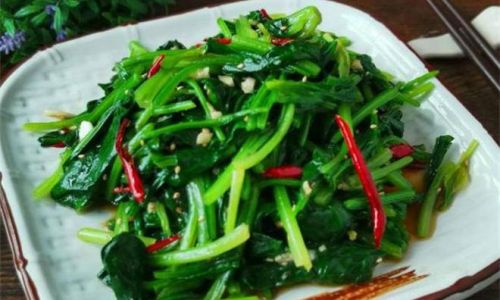
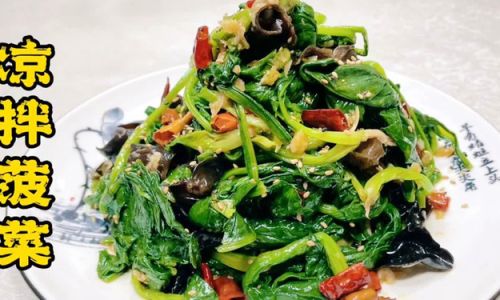
0 comments